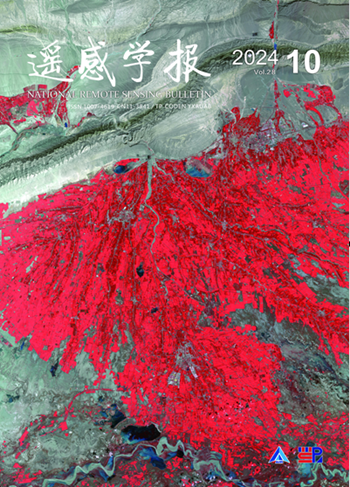中国森林恢复潜力:对碳捕获的启示
引用次数: 2
摘要
重新造林是一项生态友好的战略,旨在应对大气中二氧化碳浓度上升以及森林损失和退化的负面影响。中国是世界上植树造林率最高的国家之一,森林覆盖率从20年前的16.6%提高到2020年的23.0%。然而,通过植树和恢复实现的最大潜在森林覆盖率是不确定的。为了绘制中国的潜在森林覆盖率,我们建立了一个与环境因子和森林类型相关的随机森林回归模型。我们估计,在排除现有的森林地区、城市地区和农业土地覆盖/用途后,目前可用于树木恢复的土地面积为6720万公顷,比目前的认识高出50%。将这些土地转化为森林将产生39.9亿吨新的地上和地下碳储量,这是对实现碳中和的重要贡献。可恢复碳潜力在空间上不平衡,西南部可恢复碳潜力最大(29.5%),其次是东北部(17.2%)和西北部(16.8%)。我们的研究强调需要将树木恢复区域与碳封存潜力的不均匀分布结合起来。重新造林除了是部分抵消化石燃料燃烧产生的二氧化碳排放的生物缓解战略外,还应提供其他环境服务,如恢复退化的土壤、保护生物多样性、恢复水文完整性、局部降温和改善空气质量。由于森林恢复的集体利益,我们鼓励这类活动以生态系统为重点,而不是只注重植树。本文章由计算机程序翻译,如有差异,请以英文原文为准。
Forest Restoration Potential in China: Implications for Carbon Capture
Reforestation is an eco-friendly strategy for countering rising carbon dioxide concentrations in the atmosphere and the negative effects of forest loss and degradation. China, with one of the world’s most considerable afforestation rates, has increased its forest cover from 16.6% 20 years ago to 23.0% by 2020. However, the maximum potential forest coverage achieved via tree planting and restoration is uncertain. To map potential tree coverage across China, we developed a random forest regression model relating environmental factors and appropriate forest types. We estimate 67.2 million hectares of land currently available for tree restoration after excluding existing forested areas, urban areas, and agriculture land covers/uses, which is 50% higher than the current understanding. Converting these lands to the forest would generate 3.99 gigatons of new above- and belowground carbon stocks, representing an important contribution to achieving carbon neutrality. This potential is spatially imbalanced, with the largest restorable carbon potential being located in the southwest (29.5%), followed by the northeast (17.2%) and northwest (16.8%). Our study highlights the need to align tree restoration areas with the uneven distribution of carbon sequestration potential. In addition to being a biological mitigation strategy to partially offset carbon dioxide emissions from fossil fuel burning, reforestation should provide other environmental services such as the restoration of degraded soils, conservation of biological diversity, revitalization of hydrological integrity, localized cooling, and improvement in air quality. Because of the collective benefits of forest restoration, we encourage that such activities be ecosystem focused as opposed to solely focusing on tree planting.
求助全文
通过发布文献求助,成功后即可免费获取论文全文。
去求助
来源期刊

遥感学报
Social Sciences-Geography, Planning and Development
CiteScore
3.60
自引率
0.00%
发文量
3200
期刊介绍:
The predecessor of Journal of Remote Sensing is Remote Sensing of Environment, which was founded in 1986. It was born in the beginning of China's remote sensing career and is the first remote sensing journal that has grown up with the development of China's remote sensing career. Since its inception, the Journal of Remote Sensing has published a large number of the latest scientific research results in China and the results of nationally-supported research projects in the light of the priorities and needs of China's remote sensing endeavours at different times, playing a great role in the development of remote sensing science and technology and the cultivation of talents in China, and becoming the most influential academic journal in the field of remote sensing and geographic information science in China.
As the only national comprehensive academic journal in the field of remote sensing in China, Journal of Remote Sensing is dedicated to reporting the research reports, stage-by-stage research briefs and high-level reviews in the field of remote sensing and its related disciplines with international and domestic advanced level. It focuses on new concepts, results and progress in this field. It covers the basic theories of remote sensing, the development of remote sensing technology and the application of remote sensing in the fields of agriculture, forestry, hydrology, geology, mining, oceanography, mapping and other resource and environmental fields as well as in disaster monitoring, research on geographic information systems (GIS), and the integration of remote sensing with GIS and the Global Navigation Satellite System (GNSS) and its applications.
 求助内容:
求助内容: 应助结果提醒方式:
应助结果提醒方式:


